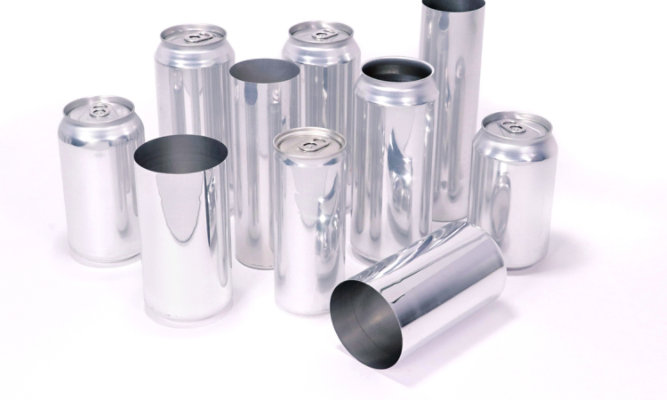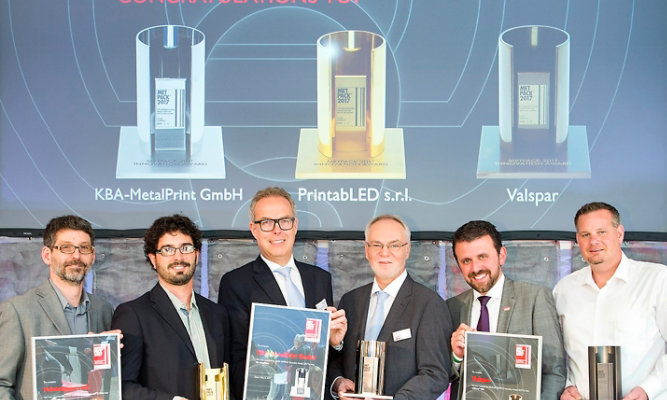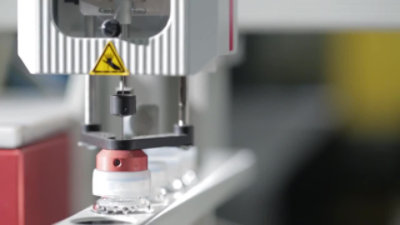Metal Cans, Non-BPA Coatings and the Circular Economy
In this Sherwin-Williams article, learn how valPure® V70 non-BPA coatings meet stringent regulatory requirements for food safety and deliver a true circular economy.
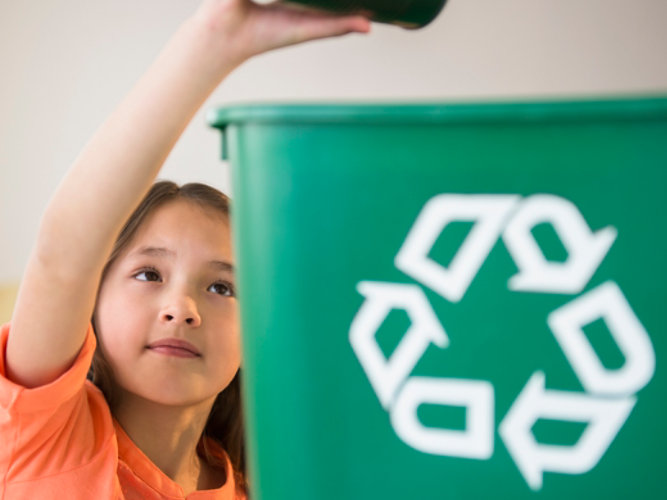
METAL CANS, NON-BPA COATINGS AND THE CIRCULAR ECONOMY
It is more important than ever to ensure the safety, recyclability and sustainability of packaging materials. Metal packaging lined with non-BPA coatings delivers a solution for the food packaging industry.
Challenges of Food Packaging
Despite its benefits, food packaging can have a negative environmental impact due to high production volume, short usage time, and problems related to waste management and littering. Food packaging is generally designed for single use and discarded after short periods of time, but sustainable food packaging can save energy, reduce greenhouse gas emissions and prevent food waste.1
Packaging Materials in The Circular Economy
Plastic, glass, metal, paper and board, and multi-material/multilayer are the most common types of food packaging materials, but they all perform differently in the circular economy.
- Reducing material input, such as lighter plastics, decreases the amount of food packaging, but can come at the cost of recyclability.
- Reusing packaging accomplishes circular economy goals, but food packaging reuse is commercially only feasible for refillable and cleanable containers.
- Many countries implement recycling for different packaging materials to reduce waste and environmental impact, but there are few incentives to ensure recycled material is used for its original application.
- Due to a short recycling life, new plastic is always required to make new plastic packaging, resulting in higher carbon footprints and more pollution.
- Recycling permanent materials, such as metal and glass, is suitable for food packaging, because material properties don’t change and the heat required for re-melting makes it safe again for use.
Consumer Preferences
Consumers want more environmentally friendly packaging,2 that is also convenient and adapts to their lifestyle. Globally, consumer demand for metal cans is growing and expected to reach a value of USD 56.38 billion by 2023 (up by 3.2% from 2018). This is because metal cans are easily consumed on-the-go and are very convenient.3 Aluminum and other metal packaging that use non-BPA linings provide both convenience and environmentally friendly, recyclable packaging to consumers.
The Recycled Metal Can
Metal is the most recycled form of food packaging. Aluminum is widely used for beverage cans and other types of food packaging. Aluminum cans represent 90% of beverage cans worldwide and can be recycled over and over, forever, without losing strength or quality. Aluminum cans also have a higher recycling rate and more recycled content than competing package types.4
Addressing Climate Change
Endlessly recyclable metal cans cut down on landfill space and the need for raw materials. Each can that is recycled reduces energy and the carbon footprint of the next, as well as shipping costs and carbon emissions for beverage can makers. It takes up to 95% less energy to recycle aluminum than to produce primary metal.5
Compared to other food and beverage packaging solutions, light metal packaging that use can coatings help meet consumer preferences, is indefinitely recyclable, and address current challenges of the circular economy.
To learn more about the value of metal cans, download our full whitepaper, The Revival of the Metal Can.
Sources:
1 https://www.iriworldwide.com/IRI/media/IRI-Clients/International/Regional-Shopper-Survey.pdf
2 https://www.iriworldwide.com/IRI/media/IRI-Clients/International/Regional-Shopper-Survey.pdf
3 https://packagingeurope.com/the-momentum-of-metal-cans/
4 https://packagingeurope.com/the-momentum-of-metal-cans/
5 http://recycling.world-aluminium.org/review/sustainability/
Discover More
Industry Expertise and Innovation
See how Sherwin-Williams Packaging Coatings helps customers find customized solutions for their projects.
Article
August 30, 2018 / Bloomberg Environment
Sherwin-Williams Strategy to Line Billions of Food Cans: Hire Skeptics
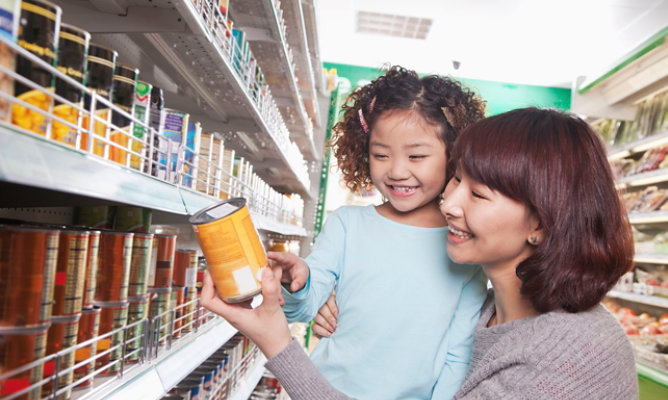
News
June 21, 2017 / Press Release Valspar
Sherwin-Williams Packaging Coatings Wins the Bronze METPACK 2017 Innovation Award

Related Products
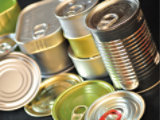
valPure V70 - a non-BPA Epoxy
Cutting-edge Non-BPA* Epoxy technology already available for Beverage Can Interior, Beverage End Interior, Food D&I Interior, and Food Exterior applications.(V70 Series)
